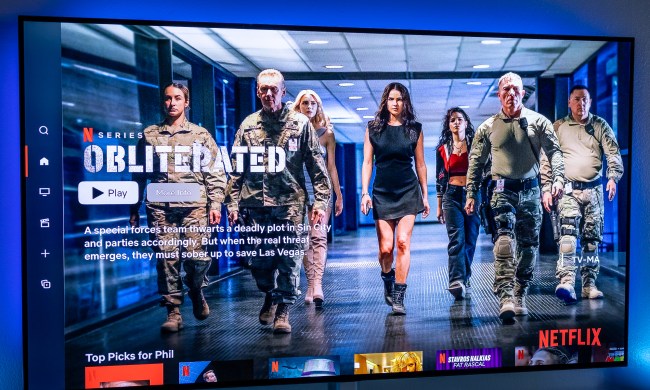
It’s no secret that using a VPN on Netflix can unlock a whole array of features and can benefit you in many ways. However, if you’re not tech savvy or don’t know how VPNs work, you might be confused about how to unlock these features. Due to copyright laws, Netflix can’t legally distribute content across all regions. A solution to bypass that is to use a VPN when watching Netflix and connect to the VPN location that has the content you’re looking for.
There are many other benefits to using a VPN when connecting to the internet, such as privacy and data collection concerns. If you haven’t gotten yourself a VPN subscription yet, then take a look at our dedicated page for the best Netflix VPNs to get you started. Read on to find out how to use a
Make sure the VPN is on
Although this step sounds simple, many forget to turn on their VPN before browsing the internet or watching Netflix. Most
If you’re on your mobile device, you’ll need to go into the app and tap the button to turn it on. If you’re on your computer, you’ll need to open the program and turn the VPN on. There are also browser VPNs where you’ll need to click on the browser extension to turn on the
Go incognito
In the majority of cases, simply connecting to your VPN is good enough to protect you online. Still, if you’re experiencing issues or are worried about cookies and privacy, you can turn on incognito mode in your browser to help. Some browsers refer to incognito mode as private mode. Click on the browser settings icon and select open new incognito/private window to turn it on. Alternatively, you can press CTRL + SHIFT + N.
Incognito mode blocks any location-revealing cookies, which bolsters your digital privacy. On top of that, it does not log any information you put in forms or text boxes. And perhaps most importantly, incognito mode does not record or store any browsing data like history, so your ISP cannot track or trace what you’ve been doing online. Therefore, using incognito mode in tandem with a VPN is best for digital privacy. If you’re experiencing problems with Netflix, try opening an incognito tab and then turning on your
Change servers
The classic “turning it on and off again” but in VPN form. If you’re experiencing speed or connectivity issues on one server, try changing server locations (moving countries in the
Check your internet connection
If you’re on your mobile device, your VPN may not work if you’re using cellular data. Making sure you’re connected to WiFi on your mobile device is a good habit regardless, as you don’t want your phone bill to skyrocket while watching Netflix. While the best VPN services can bypass any malicious speed throttling set up by your ISP, they can’t fix a generally weak connection. If you want to use a
Stick to a computer or mobile device
You can use a VPN on almost any device that can connect to the internet, but they’re tried and tested on mobile devices and computers. It’s ideal to stick to these forms of technology when trying to use a



